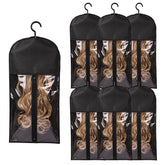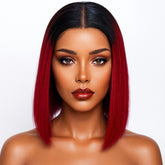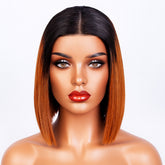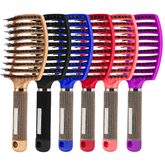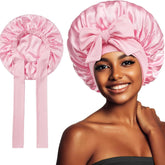Middle age and hair extensions: choices, care and confidence

Extensions are increasingly visible on women across age groups, but when you reach middle age the choice to add length or volume brings extra questions — about identity, practicality and scalp health. Personal essays in recent national papers show how extensions can feel like both a rescue and a gamble: a way to reclaim a younger silhouette or a decision that invites commentary from family and friends. This article looks at why women choose extensions at this life stage, what methods are best suited to different needs, and how to protect both natural hair and scalp for long-term wellbeing.
Why women in midlife consider extensions
There are emotional and practical reasons people opt for extensions in midlife. Hair changes due to hormonal shifts, menopause, medication or life stresses can leave hair thinner or less manageable. Extensions can restore length, body and styling freedom — and, crucially, affect how a person perceives themselves in social and professional settings.
At the same time, adding extensions is a visible change that sometimes triggers comments from family, friends or strangers. For many, the decision is less about vanity and more about agency: choosing how to present themselves at a stage of life often framed by invisibility.
Types of extensions and what to consider
Not all extensions suit every head, hair type or lifestyle. Here are common methods and considerations:
- Clip-ins — temporary, easy to remove, and good for occasional use. Low risk to hair if applied correctly, but need careful storage and regular washing.
- Tape-ins — semi-permanent and low-profile. They lie flat and are lighter than some alternatives, but require professional application and routine repositioning every 6–8 weeks.
- Weft/sewn-in — often used for thicker hair. They offer strong hold and long wear but can be heavy if too much hair is sewn in, which may stress the roots.
- Bonded (keratin/fusion) — individual strands bonded near the root. They can look very natural but take skill to remove safely and need professional maintenance to avoid damage.
When deciding, consider hair density, scalp sensitivity, lifestyle (exercise, swimming), and how often you want to visit a salon. Middle-aged scalps may be more delicate: a gentler, less tension-heavy method is often preferable.
Caring for extensions and protecting your natural hair
Good outcomes depend on careful maintenance. Extensions add weight and complexity, so routines should prioritise gentle care and scalp health.
- Daily habits: Use a soft-bristle brush or a looped extension brush, detangle from tips to roots, and avoid sleeping with wet hair to reduce matting.
- Washing: Choose sulphate-free, low-residue shampoos and conditioners. Wash in sections if you have bonds or tapes so adhesives are not overly disturbed.
- Heat styling: Apply heat protectant and limit high-temperature tools. Extensions may respond differently to heat than natural hair, so test on a small section first.
- Professional appointments: Schedule regular check-ins to re-tighten, move tapes, or remove and reapply extensions. A trained stylist can spot early signs of strain or breakage.
It’s also wise to feed the scalp and encourage the health of natural hair with a balanced diet, adequate hydration and, if recommended by a trichologist, targeted supplements or topical treatments. If you notice increased shedding, tender areas on the scalp, or persistent breakage, remove extensions and consult a professional.
Questions to ask your stylist
Before committing, ask these practical questions:
- Which method do you recommend for my density and lifestyle, and why?
- How much weight will the installed hair add, and how will you distribute it?
- Can I see examples of your work on similar hair types and ages?
- What is the expected maintenance schedule and cost of upkeep?
- How will removal be handled to protect my natural hair?
Takeaway
Extensions can be a transformative option in midlife — boosting confidence and expanding styling choices — but they are not a one-size-fits-all solution. Prioritise a consultation with a seasoned stylist, select a method that respects scalp sensitivity and hair density, and commit to a maintenance regime that preserves natural hair health. The most successful outcomes balance aesthetics with longevity and wellbeing, allowing you to enjoy the benefits without compromising scalp or strand integrity.
More From the Experts: Read interviews and insights from stylists and professionals on Hairporium Expert Articles.

